As digitalization and automation continue to accelerate, IT integration is becoming an increasingly business critical topic for organizations. Effective integration is not just about connecting systems — it’s about creating flexible and future-proofed information flows.
In 2025, several key trends will shape the integration landscape. Stefan Jörkander, CEO of Connect Companies and an expert in system integration, shares three important insights.
1. Standardization and Automation of Business Communication
One of the most significant trends in IT integration is the growing standardization of business communication. In Sweden and across Europe, much of this development is being driven by Pan-European Public Procurement On-Line (PEPPOL), an international standard for electronic business documents.
“More organizations are adopting PEPPOL and similar format standards to streamline data exchange. This reduces the complexity of integration projects and makes it easier to manage business documents, such as invoices and purchase orders in a consolidated way,” said Stefan Jörkander.
By combining standardized formats with automated integration flows, processes that once required manual handling can now be fully automated. This results in more efficient business operations and fewer errors.
2. The API Economy and the Rise of REST and JSON
Another major trend is the continued growth of the API economy. Businesses are increasingly relying on APIs to create flexible and scalable integrations between systems. REST-based APIs and data formats like JSON are becoming the standard for modern integration solutions.
“Companies are increasingly demanding integration solutions built on REST and JSON to create more dynamic and adaptable system flows. Compared to traditional integration models, API-based solutions allow businesses to quickly connect new systems without complex and costly development projects,” Jörkander explained.
This trend is evident both in Sweden and across the globe, as API-driven integration enables companies to develop new digital services and adapt more rapidly to market changes.
3. Integration Engines and Platforms as the Core of IT Strategy
The third major trend is the growing recognition of integration engines as a strategic investment. Rather than building point-to-point integrations, organizations are increasingly opting for integration engines capable of handling multiple system flows simultaneously. This approach reduces complexity and creates a more sustainable integration architecture.
“More companies are realizing that an integration engine like Blue Integrator can serve as a central hub for all system flows. This provides a clearer and more manageable integration structure, enabling faster adjustments as the business grows and evolves,” said Stefan Jörkander.
By consolidating integrations into a single solution, businesses can also simplify security management, performance optimization, and scalability — critical factors in an era where data volumes are increasing, and operational demands for reliability and speed are higher than ever before.

A Flexible Integration Strategy for the Future
Looking ahead to 2025, the future of IT integration is clearly focused on standardization, API-driven communication, and integration engines as centralized hubs. Companies that embrace these trends will be better positioned to manage their IT environments efficiently, reduce costs, and create better conditions for innovation and growth.
A key development is the increasing shift towards cloud-based integration solutions instead of on-premise integration engines. However, it’s essential to recognize that a hybrid strategy – where on-premise and cloud solutions work together – often provides the best combination of flexibility and control.
When transitioning to cloud-based integrations, businesses must also consider long-term costs. While many large platforms may appear to be cost-effective initially, licensing fees, transaction costs, and scalability requirements can make them significantly more expensive over time. Choosing the right integration strategy is not just about technology – it’s also about understanding the total cost of ownership in the long run.
“To remain competitive in an increasingly digital world, businesses must invest in long-term integration strategies. By building a flexible and standardized integration architecture, they lay the foundation for future business growth,” concludes Stefan Jörkander.


